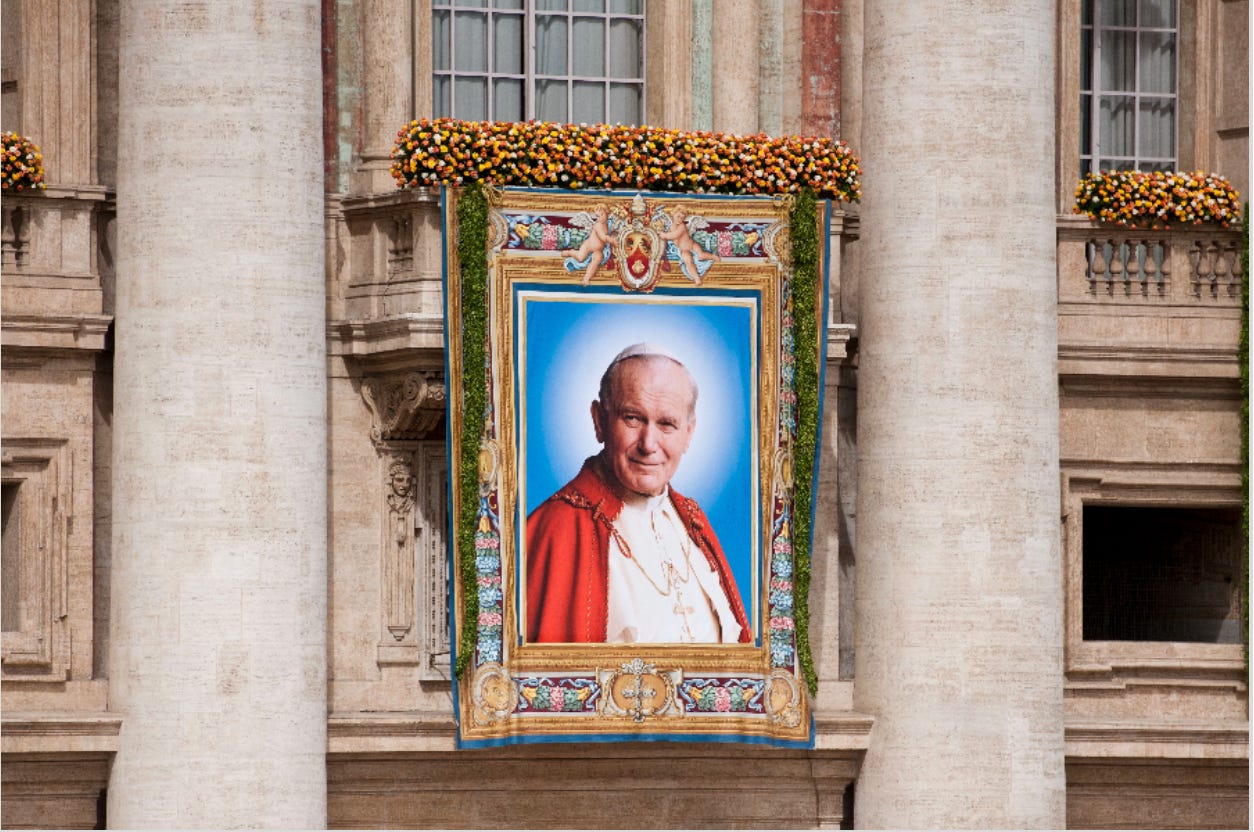A journalist investigated JPII's handling of abuse claims. Here’s what he found
Interviews
The Polish journalist Tomasz Krzyżak is one of just four people who have examined the archives related to the future St. John Paul II’s handling of abuse cases and published their findings.

Krzyża…
